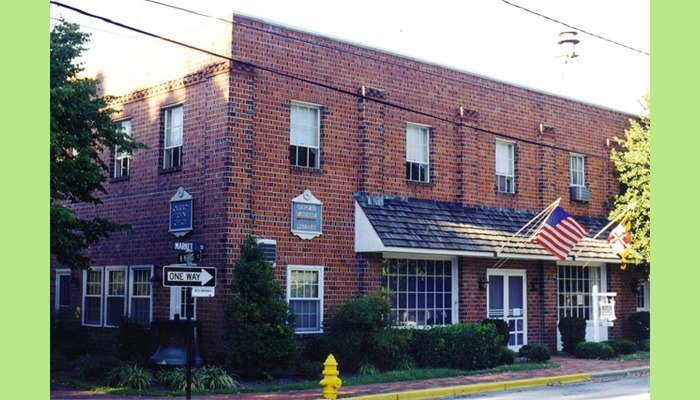Oxford 1964: The Times They Were A-Changin’
This season, the Oxford Museum is looking back to its founding year to celebrate its 60th birthday. What was life in Oxford like when the Museum first opened in 1964?
Those were tumultuous times all across America as dramatic events unsettled nearly every aspect of public and private life.
America’s popular culture in the 60s was driven by the emerging baby boom generation, which fueled the expanding appetite for national magazines and television. Corporate advertising embraced a new modernism, promoting the latest music, film, home appliances, fashion, packaged foods, and cigarettes. The Ford Motor Company introduced the Mustang in 1964, the Beatles arrived in New York that year, NASA launched rockets toward Mars, the summer Olympics opened in Tokyo, and the World’s Fair opened in Queens.
This was also a time of struggle. The summer of 1964 brought passage of the Civil Rights Act, just as Freedom Riders headed to the South and race riots erupted in Harlem and Philadelphia. In September, the Warren Commission released its report on the assassination of President John F. Kennedy, and in November, Lyndon Johnson defeated Barry Goldwater to secure a full term in the White House. In December, Martin Luther King, Jr. was awarded the Nobel Peace Prize as tens of thousands of American troops were heading to Viet Nam.
The population of Oxford in 1964 was around 750, split nearly equally between White and Black residents. These families lived in separate neighborhoods and worshiped in separate churches. White and Black children attended Oxford elementary school together, but Talbot County’s middle and high schools were not integrated fully until 1966.
Oxford was very much a working community, a little rough around the edges. The town was just transitioning from septic tanks and outhouses to its first sewer system. On Jack’s Point, 12 acres of open farmland sold for $20,000 in 1965, soon to sprout a new neighborhood, but there was no development yet on Bachelor’s Point or Morgan’s Point.
Oxford was dependent upon the Bay for much of its livelihood in 1964. When two marine parasites (MSX and Dermo) had spread up the Bay decimating the oyster populations, Oxford’s profitable packing houses were forced to shut down and lay off their mostly Black workers. This was a heavy economic blow. Although Oxford never erupted in the kind of violence that would devastate Cambridge in 1967, it would never again be considered “a waterman’s town.”
The Oxford Museum was organized in 1964 with a total of 17 museum members and a budget of $300. The first gallery space was donated by the Town in the old municipal building (the current Town Hall) after the Oxford Volunteer Fire Company moved to new quarters on the Oxford Road. The Museum made the short move across the street to its current home in 2000, but in most other ways, it has come a very long way since 1964.
Come take a closer look at all that unfolded during these changing times. Oxford 1964: The Times They Were A-Changin’ will open on Oxford Day, April 27th and run through July 29th at the Oxford Museum, 101 S. Morris Street, Oxford. Admission to the Museum is free of charge and special programs are free to Museum Members. An Opening Reception for museum members will be April 25th. Museum hours are Friday through Monday, 10 am to 4 pm. Memories and Musing Programs featuring Oxford in the 60’s will be scheduled during the run of the show. https://www.oxfordmuseummd.org/ for more information.



